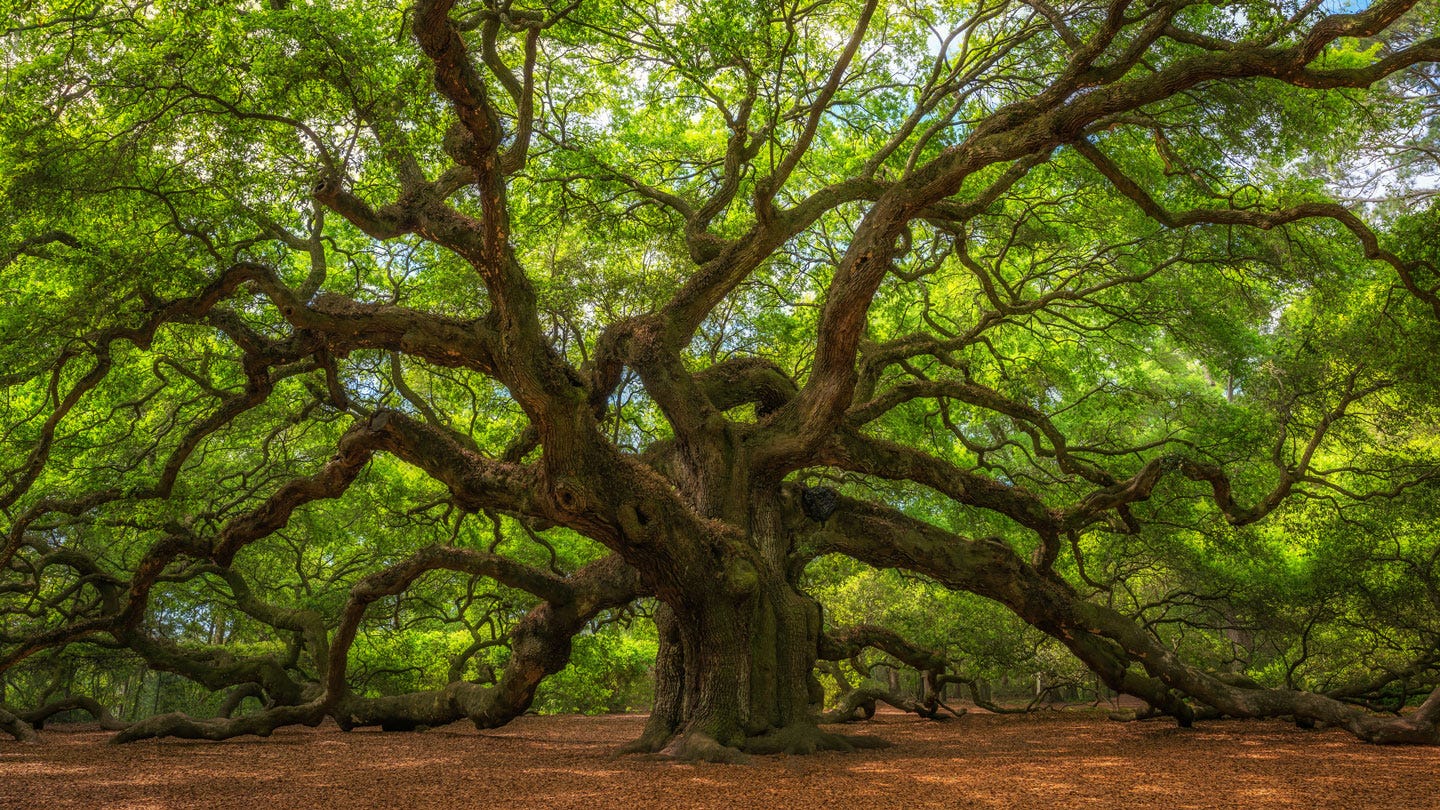I used a tree as a metaphor to describe our church history and heritage to my confirmation class. The Old Testament is like soil where the seed was planted. And that seed is Jesus Christ, where the early church sprouted, which we read from the New Testament. We often call this early church “one holy catholic and apostolic church,” the term familiar to us from the creeds (Apostles’ and Nicene). We also use “the Church” with a capital C to simplify it.
This one giant, thick trunk of the Church split into two: the Catholic Church and the Eastern Orthodox Church. We call this the East–West Schism of 1054. And more branches grew out of these two branches, and we, the westerners, are most familiar with the Protestant Reformation led by Martin Luther, which branched out of the Catholic Church in the 1500s. One of the denominations that came out of the Protestant Reformation was the Anglican Church or the Church of Egland (fun fact: the split happened mainly because King Henry VIII wanted an annulment). And out of the Anglican Church, the Methodist Movement was born by John and Charles Wesley in the 1700s.
While the Wesley Brothers did not see their movement as a formation of a new denomination, their followers in America formed what is called the Methodist Episcopal Church during the event we now call “the Christmas Conference of 1784” at Lovely Lane Chapel in Baltimore, MD. And many different branches came out of this one “methodist” branch for various socio-political, ecclesiological, or regional reasons:
1816 - African Methodist Episcopal Church (AME) over racial segregation and discrimination; based in Philadelphia, PA
1821 - African Methodist Episcopal Zion Church (AMEZ) over racial segregation and discrimination; based in New York City, NY
1828 - Methodist Protestant Church over issues of church governance
1844 - Methodist Episcopal Church, South, over the issue of slavery
1867 - The Holiness movement began with a series of Methodist revivals which eventually led to the rise of Pentecostalism as well as the Free Methodist Church
Long after the American Civil War in 1865, the Methodist Church was founded in 1939, when the Methodist Episcopal Church, the Methodist Episcopal Church, South, and the Methodist Protestant Church united.
And the United Methodist Church was founded in 1968 when the Methodist Church and the Evangelical United Brethren joined. The Evangelical United Brethren (EUB) was a denomination with German heritage that separated from the Evangelical Association. Before the merger, the EUB considered themselves “methodists” separated from the Methodist Episcopal Church only by language. But further assimilation and slowing down of German immigration made this merger only make sense.
After 50+ years of unity, the United Methodist Church is now considered a global denomination. According to the data from 2020, there are 12,719,550 members worldwide and 6,268,310 in the U.S. (although we expect significant changes in these numbers for the following quadrennial report).
What I want us to think about amid all the division-disaffiliation talks is this image of a tree with countless branches. Schism is hurtful, separation heartbreaking, and division traumatic. Of course, we want to be exceptional and be part of a generation that does not participate in ugliness but one that champions peace and harmony. Yet, such imperfection is inevitable in our imperfect world.
Instead, what is truly important, as we work through constant change (whether that is division and disaffiliation or not), is whether we are continually drawing ourselves back to the seed that sprouted this one giant, thick trunk of the Church and thus whether we are bearing fruits in Christ.
“I am the true vine, and my Father is the vinegrower. He removes every branch in me that bears no fruit. Every branch that bears fruit he prunes to make it bear more fruit. You have already been cleansed by the word that I have spoken to you. Abide in me as I abide in you. Just as the branch cannot bear fruit by itself unless it abides in the vine, neither can you unless you abide in me. I am the vine, you are the branches. Those who abide in me and I in them bear much fruit, because apart from me you can do nothing. Whoever does not abide in me is thrown away like a branch and withers; such branches are gathered, thrown into the fire, and burned.
John 15:1-6


